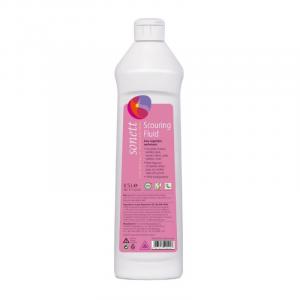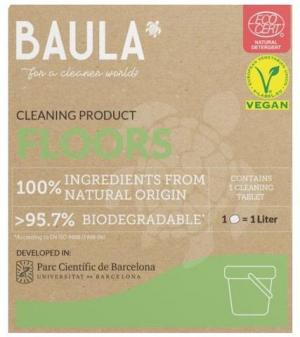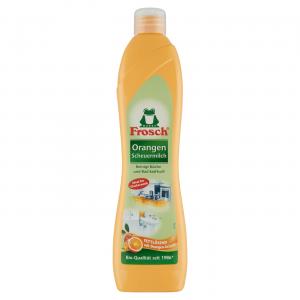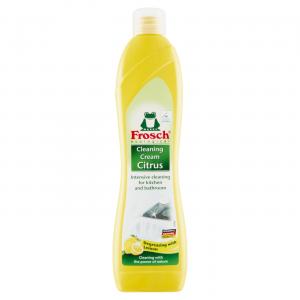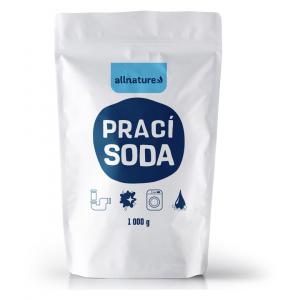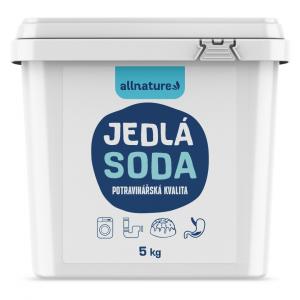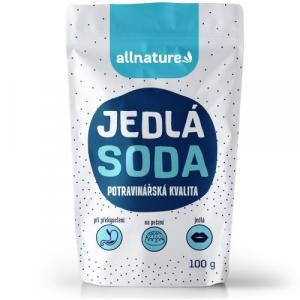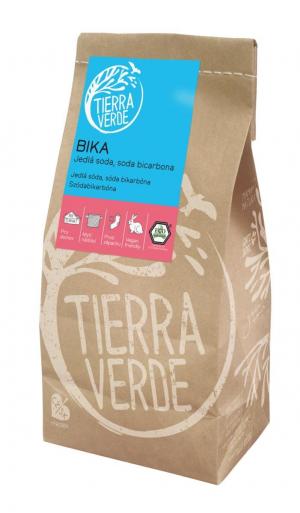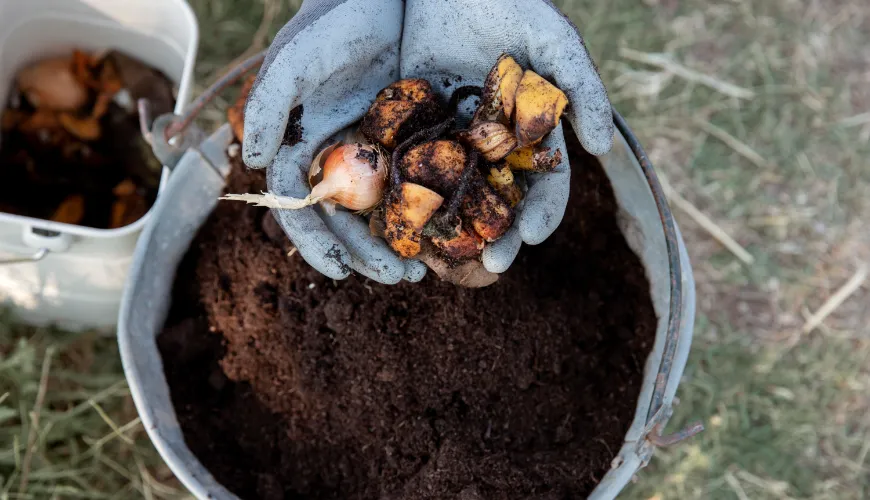
Learn how to restore the shine of dull tiles
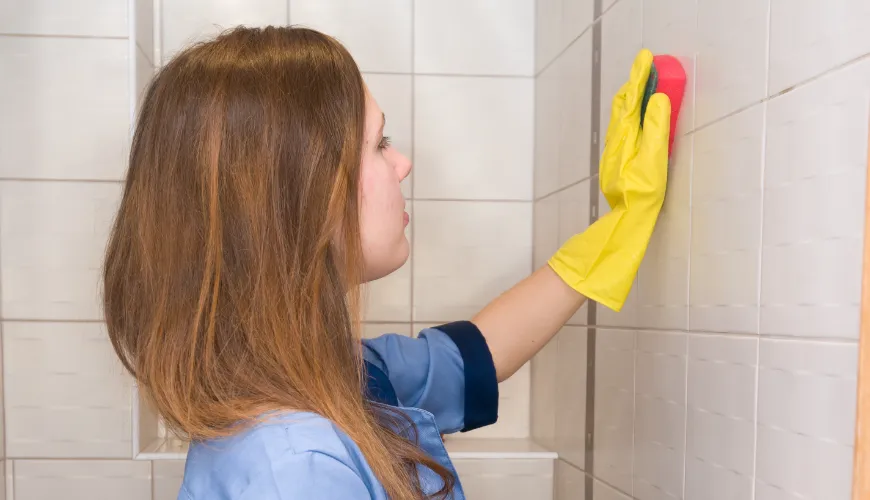
How to Clean Tarnished Tiles
Tiles are one of the most popular surfaces in households due to their durability and easy maintenance. Whether located in the bathroom, kitchen, hallways, or on the terrace, tiles give the space an elegant and clean appearance. However, despite regular cleaning, tiles can lose their original shine over time and start to look tarnished. The culprits are not only everyday dirt but also moisture, grease, and sometimes improperly chosen cleaning products, which can cause graying or stains. In this article, we will focus on how to clean tarnished tiles and the best way to wash them so that they shine like new again.
Try our natural products
Which Cleaning Product to Choose?
When choosing a cleaning product, it's important to consider the type of tiles you have at home. Each material requires a specific approach. For example, ceramic tiles can withstand most common cleaning products, while natural stone, such as marble or slate, requires gentler handling to prevent surface damage.
Many people resort to using universal cleaning products that promise quick results. However, these products may contain harsh chemicals that can damage the tile surface over time and leave residues that attract more dirt. Therefore, more households are turning to natural products. A mixture of water, vinegar, and baking soda is one of the most popular alternatives, which not only effectively cleans but also disinfects and neutralizes odors. This combination is especially suitable for cleaning tarnished tiles that need more thorough treatment.
Try our natural products
Natural vs. Chemical Products
The decision between using natural or chemical cleaning products depends not only on the type of tiles but also on personal preferences and environmental values. Natural products, such as vinegar, lemon juice, and baking soda, are environmentally friendly and usually gentle on your tiles. On the other hand, chemical products may offer faster and sometimes even more effective solutions, especially when it comes to removing tough deposits, mold, or grease.
If you decide to go the natural route, it's essential to know how to properly combine and apply these products. For instance, vinegar is excellent for removing limescale and disinfecting, but it should be used cautiously on natural stone, which it can damage. Baking soda is effective for removing grease and odors but can leave fine traces if not thoroughly rinsed. When using chemical products, it is crucial to follow the manufacturer's instructions and ensure sufficient ventilation in the room to avoid inhaling harmful fumes.
How to Clean Grout Between Tiles?
Grout between tiles is often the most neglected part during cleaning, even though it is precisely here that dirt, mold, and bacteria accumulate, which can not only spoil the appearance of the entire floor but also pose a health risk. To keep grout clean, it requires special care.
First, we recommend using a brush with firm bristles, which can penetrate narrow gaps and remove accumulated dirt. If the grout is heavily soiled or discolored, you can use a mixture of baking soda and water, which you apply directly to the grout and leave for a few minutes. Then thoroughly scrub the grout and rinse with water.
If the dirt in the grout persists, you might consider using special cleaning agents designed specifically for grout, which often contain disinfecting components. If even that doesn't help, it might be time to consider regrouting, a process during which the old grout is removed and replaced with new, refreshing the appearance.
Finishing and Drying the Tiles
After thoroughly cleaning the tiles, it's crucial to ensure that the surface is entirely free of all cleaning products. Residues of cleaning products can not only make the tiles look dull but can also attract more dirt, creating an unpleasant film on the surface. Therefore, it's important to rinse the tiles thoroughly with clean water and then dry them to prevent water spots and further dirt accumulation.
Drying can be done using a dry mop or a soft cloth. For the best results, we recommend drying the tiles in circular motions to ensure that the surface remains evenly dry and shiny.
Regular Maintenance as Prevention
The key to long-lasting beautiful and clean tiles is regular maintenance. Although tiles don't require daily scrubbing, small daily actions can significantly extend their lifespan and preserve their original appearance. Regular sweeping or vacuuming will help remove small particles that could scratch the tile surface. Promptly wiping spills will prevent stains and dirt buildup.
Once a week, it's advisable to wash the tiles with water and a mild cleaning product to remove dust and grease residues. If you have tiles in areas with high humidity, such as the bathroom or kitchen, it's important to regularly check the grout and the area around the tub or shower where mold might accumulate.
In conclusion, maintaining tiles requires a combination of the right cleaning products, techniques, and regular care. Whether you choose natural or chemical products, the key is thorough cleaning and drying of the tiles to keep them radiant and looking like new for a long time.

